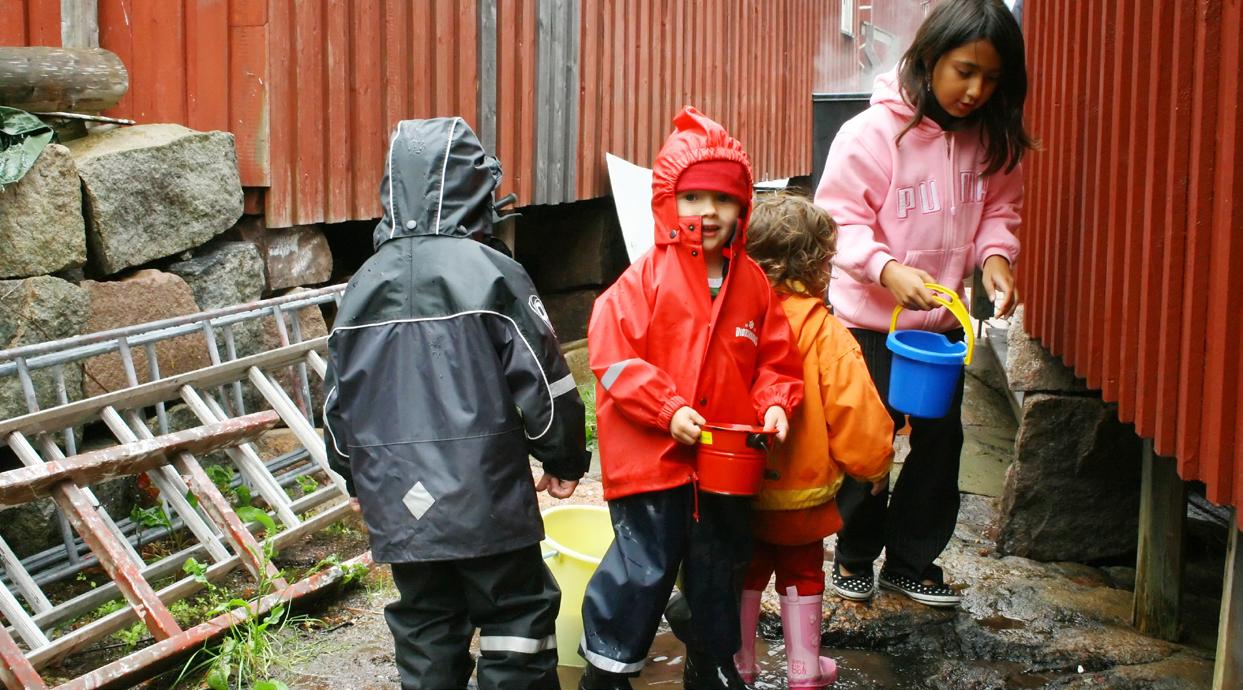
4 minute read
Physical health issues among unaccompanied minors
This report focuses to a large extent on mental health, but it is important to acknowledge that physical and mental health are interconnected, and physical health plays a vital role also in mental well-being. Some countries in the European region have mandatory health examinations for asylum seekers but in the Nordic countries they are voluntary and aim both to screen for infectious diseases and to identify individual health care needs on a broader basis. For example, in Norway the Directorate of Health recommends that local governments at three months after arrival offer a health check-up to all asylum seekers and refugees to map their health situation and potential need for follow-up of physical or mental health. The format established by the Directorate of Health is recommended. 15
The questions about mental health come from the Harvard Trauma Questionnaire and Posttraumatic Symptom Scale (PTSS-10). In Finland, the Finnish Institute for Health and Welfare recently concluded a comprehensive study ‘Developing the health examination protocol for asylum seekers in Finland: A national development project (TERTTU)’. 16
One of the aims was to produce an evidence base to developing systematic screening of asylum seekers’ health, well-being, and health service needs. In Sweden, unaccompanied minors should in principle be offered two health check-ups, as there are two separate legislations governing them, the Law on health care to asylum seekers and the Law on health check-ups to children who are placed into care. The National Board of Health and Welfare does not recommend any specific screening method for mental health but has guidelines for what a health check-up should include. In Denmark, the Integration Law stipulates that all local governments are obliged to offer health check-ups to all immigrants and asylum seekers. For unaccompanied minors it is the temporary legal representative that will take the decision about the services offered. The National Board of Social Services has issued a guidance document to physicians that includes a visual tool to use in dialogue with patients, in addition to having an interpreter present. There is a general tool for all patients and additional ones for men, women, and children. The aim is to prepare the patients for the check-up and reduce fears or misunderstandings. The children’s tool is shown on the next page. 17
Graph 3. Visual tool for general health examination of refugee children
Graph 4. Visual tool for general health examination of refugee children
In the European region, the European Centre for Disease Prevention and Control 18
(ECDC) is tasked with work against infectious diseases. The ECDC guide on Public health guidance on screening and vaccination for infectious diseases in newly arrived migrants within the EU/EEA 19 provides scientific advice to help effective screening and vaccination for priority infectious diseases among newly arrived migrant populations. It supports EU/EEA Member States to develop national strategies to strengthen infectious disease prevention and control among migrants, and to meet the health needs of these populations. The following infectious diseases are covered: tuberculosis infection, HIV, hepatitis B, hepatitis C, vaccine-preventable diseases (measles, mumps, rubella, diphtheria, tetanus, pertussis, polio, Haemophilus influenzae type B), and two parasitic infections (strongyloidiasis and schistosomiasis).
An area of physical health among migrants that receives attention is vaccinations or lack thereof. Vaccinations among the whole migrant population, not only UMIs, have important implications for effective national immunisation programmes and in reducing the risk of preventable infectious diseases in communities. In a recent Danish study, 33% of all migrant children and adolescents were not immunised in accordance with national Danish guidelines, while 7% were partly immunised and 60% adequately immunised (Nakken et al., 2018).
To describe the broader health care needs in newly settled refugee children, a recent study in Sweden (Hjern & Kling, 2019) illustrates findings among UMIs in a school setting as follows: about 20% had impaired vision, 12% impaired hearing, 5% needed daily medication, and almost 50% had untreated caries. All these rates were comparable with those of accompanied refugee children. Only
the screening for mental health issues showed a difference between unaccompanied and accompanied refugee children. UMIs had considerably higher rates of sleeping problems (33% vs. 23%) and post-traumatic stress symptoms (22% vs. 13%) than accompanied children.
For different reasons, such as fear of a negative impact on the asylum application, UMIs probably underreport their health problems. Comprehensive health check-ups that also include dental care, chronic diseases, disabilities, and vaccinations are therefore important. As young people, UMIs also need information about sexual and reproductive health, and access to contraceptives.
A study among asylum-seeking children (Berg & Tronstad, 2015) highlights the following health-related recommendations: thorough health check-ups at arrival in ordinary health
centres; more use of interpreters and written health information in different languages; detailed information on how the health system works; free health care to all children regardless of asylum status; government support for health workers in the asylum stations; and increased competence for diagnosis of physical and mental health issues and trauma.








